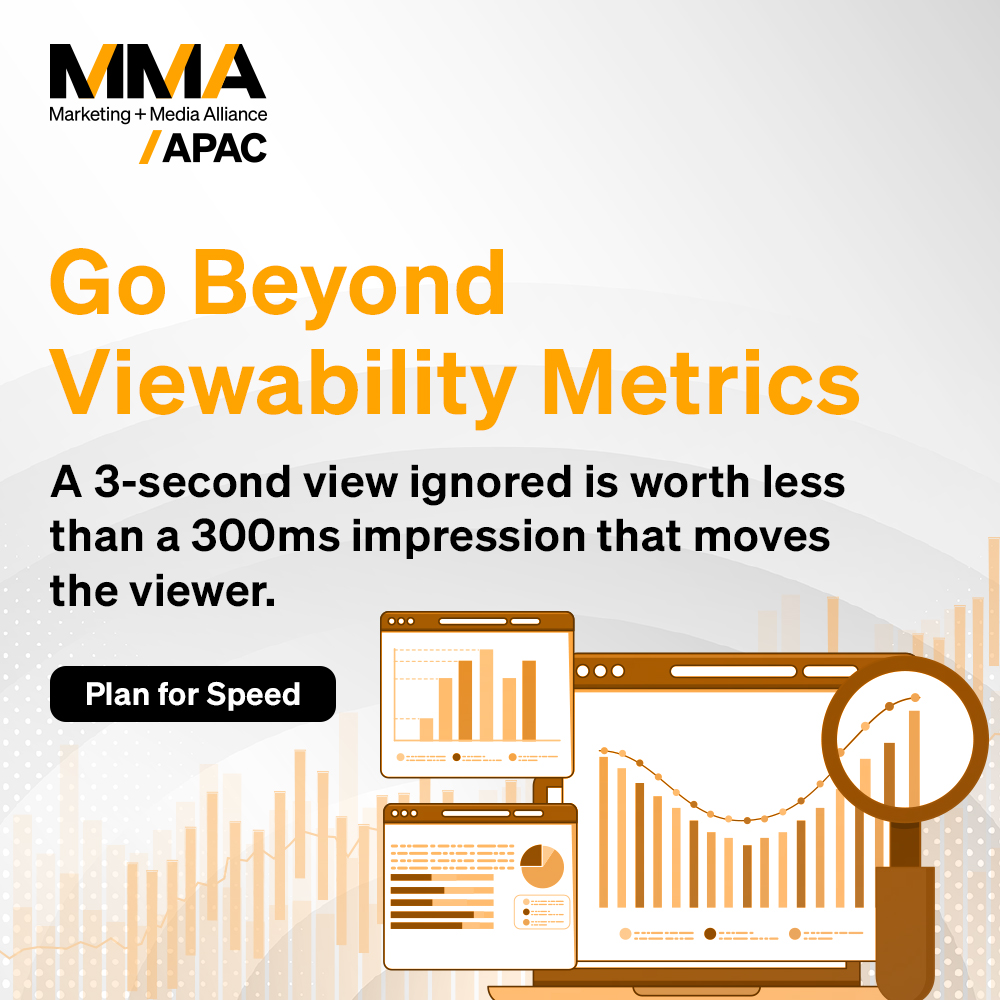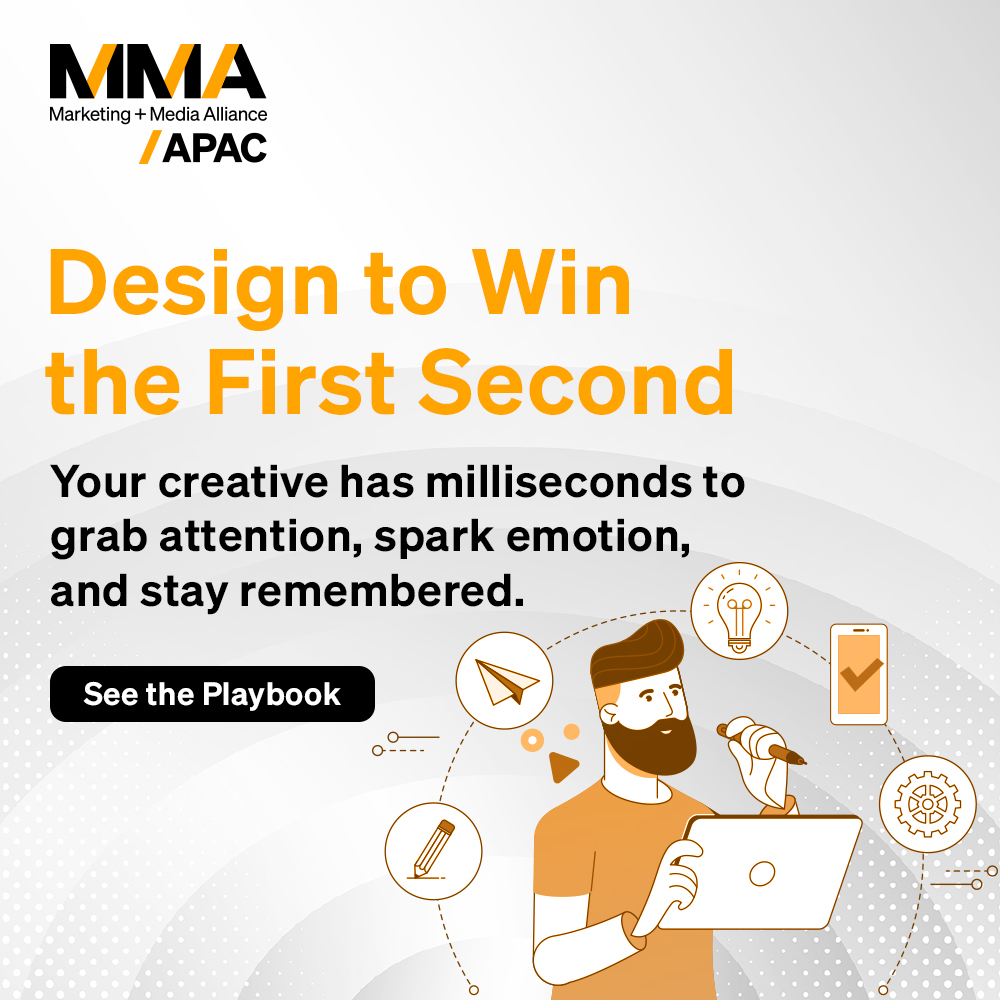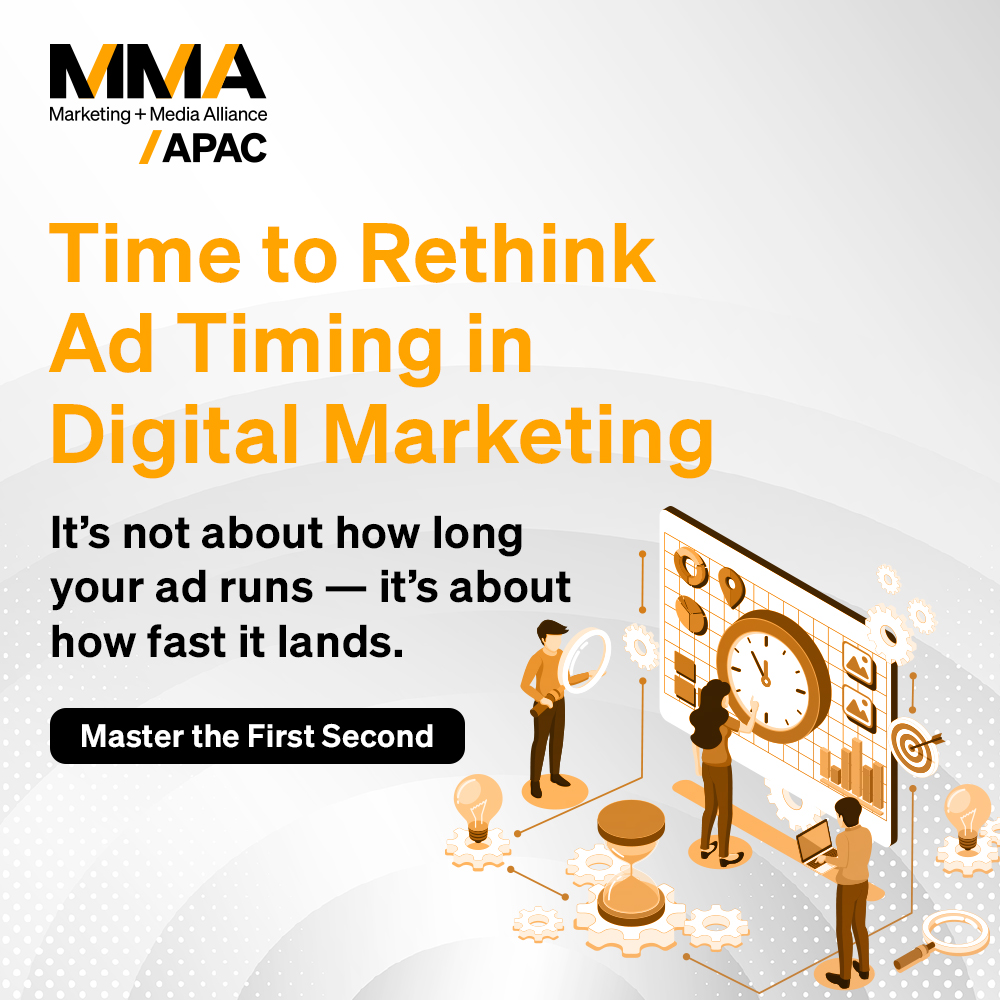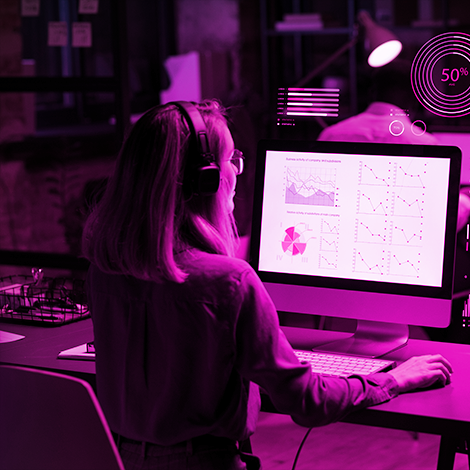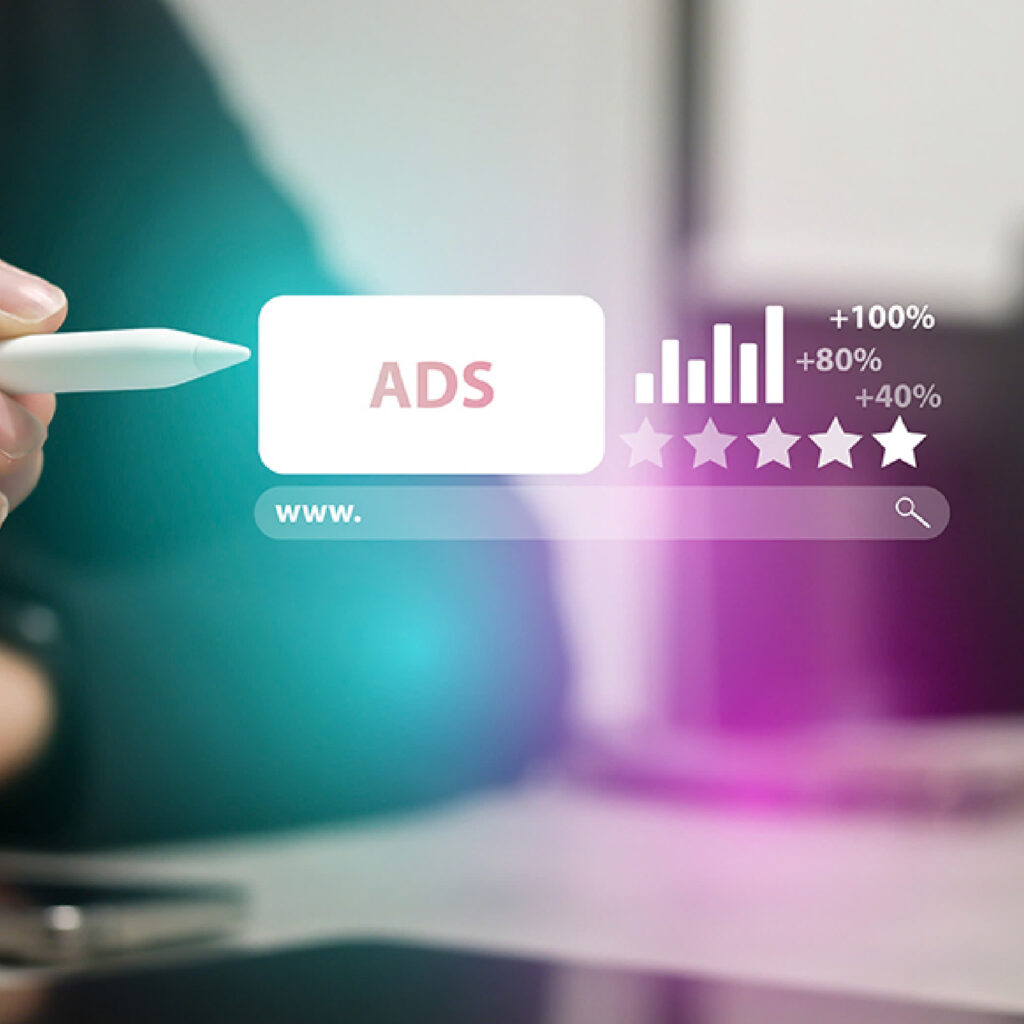In digital advertising, one of the most widely accepted performance indicators has long been viewability of mobile ads. If an ad was on screen for at least one second, it was considered viewable. If it was two seconds for video, even better. But neuroscience research from the Mobile Marketing Association (MMA) and Neurons Inc. in 2019 has made it clear that this standard is no longer good enough.
Today’s digital environment operates at scroll speed. Consumers do not just skim. They swipe, flick, and scan at an astonishing pace. In this setting, even ads that are seen for less than one second can still create real impact.
It is time to move the conversation from viewability to value.
The Problem with the Viewability Metric
Viewability was designed as a proxy for attention. If an ad was on screen long enough, it was assumed to be seen. But neuroscience tells us that the brain starts processing mobile ads within 400 milliseconds. That is less than half a second.
According to the MMA study, more than 67 percent of mobile ads were cognitively recognized at 0.4 seconds, even if they did not meet standard viewability thresholds.
This means marketers are throwing out valuable impressions simply because they do not last long enough to count as “viewed” by outdated definitions.
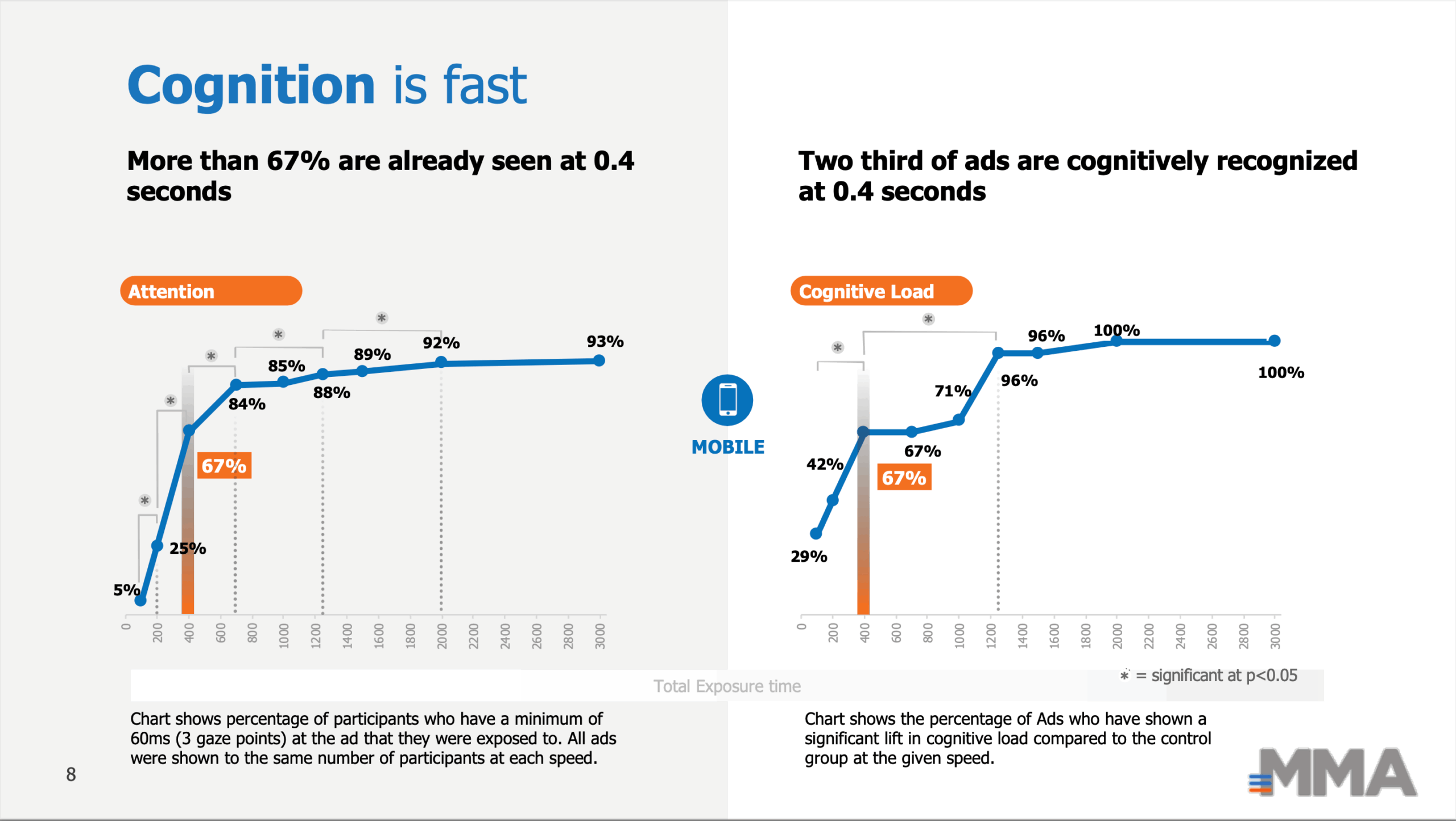
(Source: FROM A BLINK TO AN IMPRINT, TO A HEARTBEAT.)
Not All Impressions Are Created Equally
The MMA introduced the concept of Opportunity to See (OTS) to better reflect what is really happening. OTS is the point at which an ad is actually seen and processed, regardless of whether it hits the one-second rule.
An ad that appears for 300 milliseconds might trigger a cognitive and emotional response. An ad that appears for three seconds might go completely unnoticed. Yet both may be priced and evaluated the same under current buying systems.
The research shows that high-velocity impressions, which are seen quickly and processed fast, carry real marketing value. These are not random views. They are moments of engagement, often more cost-effective and scalable than longer placements.
Time Is Relative, Not Absolute
The study found that mobile ads attract attention faster and trigger stronger cognitive responses than desktop ads, even with less time on screen. For instance, it took 2 to 3 seconds for desktop ads to reach similar levels of attention that mobile ads achieved in 0.4 seconds. (Attention and Cognitive Process in Mobile, 2019)
This further proves that time-based metrics are only useful when they are contextualized by platform and format.
A New Framework for Buying and Optimization
The industry needs to move beyond counting seconds and start quantifying cognitive engagement. That means developing tools to:
- Measure attention and processing in under one second
- Detect the cognitive and emotional response triggered by an impression
- Assign value to impressions based on what actually occurs in the brain, not just on screen
This is not theoretical. The technology exists. Eye tracking and EEG tools have shown us how quickly the brain reacts. The next step is building media planning and programmatic tools that reflect these insights.
Creative must adapt to speed, but so must buying strategies.
Redefining Performance in a Scroll-Speed World
For performance marketers, this is a game-changer. You no longer need to chase high-duration placements to get impact. You need to design for speed and buy for value.
For media planners, it opens new possibilities. Inventories once considered low-value because they did not meet one-second thresholds may be rich with effective impressions. The challenge is to identify and price them accordingly.
High-velocity impressions are not only real but also measurable and monetizable.
The Call to Action for the Industry
To move forward, the industry must:
- Update standards to reflect cognitive response, not just exposure time
- Build smarter media buying platforms that value sub-second attention
- Invest in creative testing tools that pre-validate first-second effectiveness
- Partner with platforms and publishers to unlock inventory with strong OTS performance
The MMA has already laid the foundation with the First Second Strategy. It is now up to marketers, agencies, publishers, and tech partners to put it into action.
Why This Matters Now
Attention is the new currency. Time is just a container. Marketers who learn to measure what happens within that time, especially in the first second, will make better investments and drive stronger results.
In a world that moves faster than ever, value does not come from being seen longer. It comes from being seen sooner.
Sources
- MMA & Neurons Inc. (2019). First Second Strategy Report
- Neurons Inc. (2019). Cognition Research Report Final
- (2019). First Second Strategy Executive Summary













